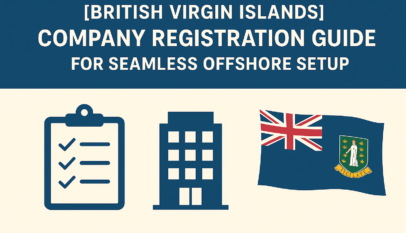
FDA imports involve the regulation and inspection of products entering the United States to ensure they meet safety and quality standards set by the Food and Drug Administration. This applies to a wide range of goods, including food, drugs, cosmetics, and medical devices. Importers must navigate complex rules to gain clearance and avoid delays or seizures.
The FDA requires importers to prove compliance with its laws and often places products under strict scrutiny, including detainment without physical examination for non-compliant goods. Import alerts and specific lists, such as those for pharmaceutical ingredients, guide enforcement and help maintain the safety of imported products.
Companies bringing products into the U.S. must understand evolving regulations, especially in sectors like pharmaceuticals and biotechnology, where new rules impact how products are reviewed and approved. Effective navigation of these processes is essential to avoid costly setbacks and maintain market access.
FDA Import Process Overview
The FDA import process involves specific regulatory compliance steps, precise entry filing, collaboration with Customs and Border Protection (CBP), and detailed documentation requirements. Each phase ensures imported products meet U.S. safety and quality standards.
Regulatory Requirements for FDA Imports
FDA-regulated commodities must comply with distinct regulations depending on the product type, such as food, pharmaceuticals, cosmetics, or medical devices. Importers need to register with the FDA and ensure their products meet all applicable safety and labeling standards.
Non-compliance can lead to product detention, refusal, or even fines. The FDA reviews shipments to confirm adherence to the Federal Food, Drug, and Cosmetic Act. Importers should be aware that the FDA can detain products based on the “appearance” of a violation but can present evidence to refute such claims or rectify issues.
Entry Filing Procedures
The import entry filing must be submitted electronically through the Automated Commercial Environment (ACE) system. This filing includes detailed information about the shipment, such as product description, manufacturer, and country of origin.
The FDA reviews these entries to decide if the shipment is admissible. Depending on the risk level, the FDA may allow the goods to enter, issue a notice of detention, or request further examination. Importers must respond promptly to any FDA requests to avoid delays.
Role of Customs and Border Protection
CBP works closely with the FDA during the import process. CBP is responsible for physically inspecting goods and enforcing customs laws while ensuring FDA compliance.
CBP holds the authority to detain shipments at ports of entry based on FDA notifications. Together, these agencies ensure that only compliant, safe products enter U.S. commerce. Importers must keep open communication channels with both FDA and CBP.
FDA Import Documentation
Proper documentation is critical for smooth clearance. Essential documents include the FDA Prior Notice, importer’s registration information, product labeling files, and certificates of analysis if applicable.
Failing to provide accurate documentation can delay shipments or result in refusals. Maintaining organized records of all correspondence and submissions to the FDA is advisable, as imports may undergo periodic audits or re-examinations under the Nationalized Entry Review (NER) program effective since August 2025.
Compliance and Enforcement in FDA Imports
Compliance with FDA import regulations involves multiple enforcement tools designed to prevent unsafe or non-compliant products from entering the U.S. market. These tools include import alerts, detentions, refusals of entry, and inspections, all aimed at ensuring product safety and regulatory adherence.
Import Alerts and Detention
Import alerts allow the FDA to identify and target specific products or firms for increased scrutiny. When a product or shipment is flagged, it may be detained without physical examination based on prior evidence of violations or risks. This proactive measure helps prevent unsafe products from reaching consumers.
Detained shipments require the importer to provide documentation or corrective actions before the product can be released. Customs may also pursue enforcement actions against bonds if compliance is not achieved. Import alerts often remain in effect until the underlying issue is resolved by the manufacturer or importer.
Product Refusals
Products that fail to meet FDA requirements are subject to refusal of admission at the port of entry. This means the shipment is denied entry and must be either destroyed, exported, or reconditioned to comply with regulations. The refusal action is based on violations of the Food, Drug, and Cosmetic Act or related laws.
Refusals typically occur when there is evidence of contamination, mislabeling, or failure to meet safety standards. Importers must address the issues before resubmitting the product. Refusals serve as a clear enforcement action to keep non-compliant goods out of the U.S. market.
Inspection and Sampling Procedures
FDA inspection officers conduct examinations and sampling of imported products to verify compliance. Inspections can happen at ports of entry or other facilities to check for product safety, labeling accuracy, and documentation integrity.
Sampling may involve laboratory testing of food, drugs, medical devices, or cosmetics to detect contamination or verify ingredient claims. If samples fail testing, further enforcement actions such as detentions or refusals are triggered. These procedures support the FDA’s mandate to protect public health through rigorous oversight.
British Virgin Islands Company Registration Guide for Seamless Offshore Setup
Registering a company in the British Virgin Islands (BVI) is a straightforward process tha…









